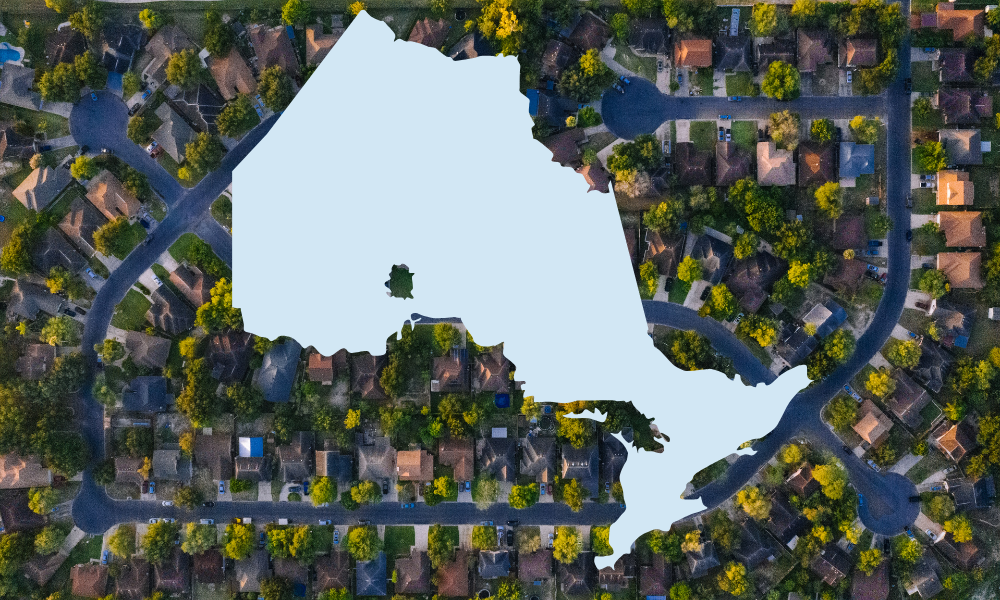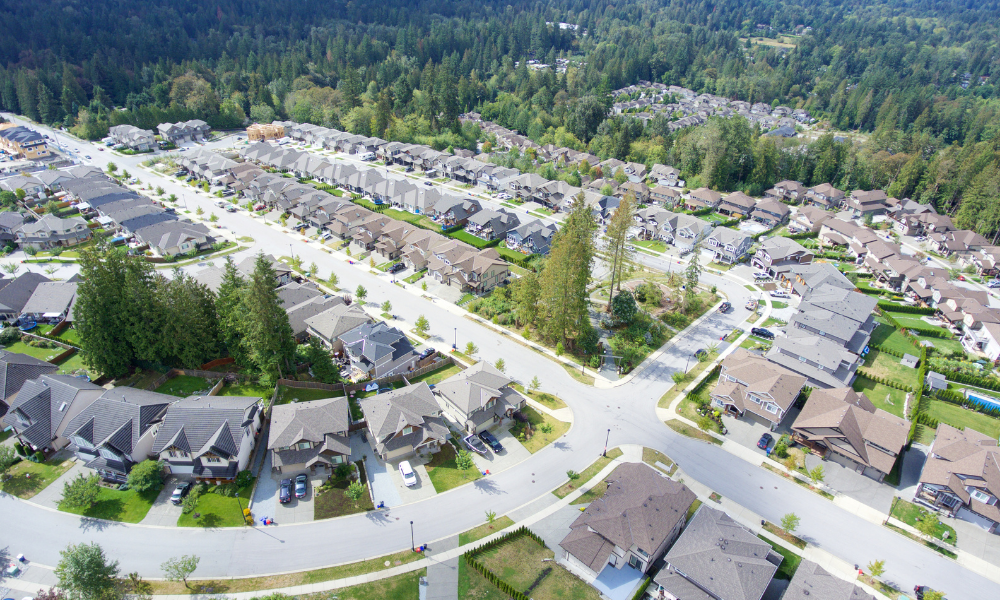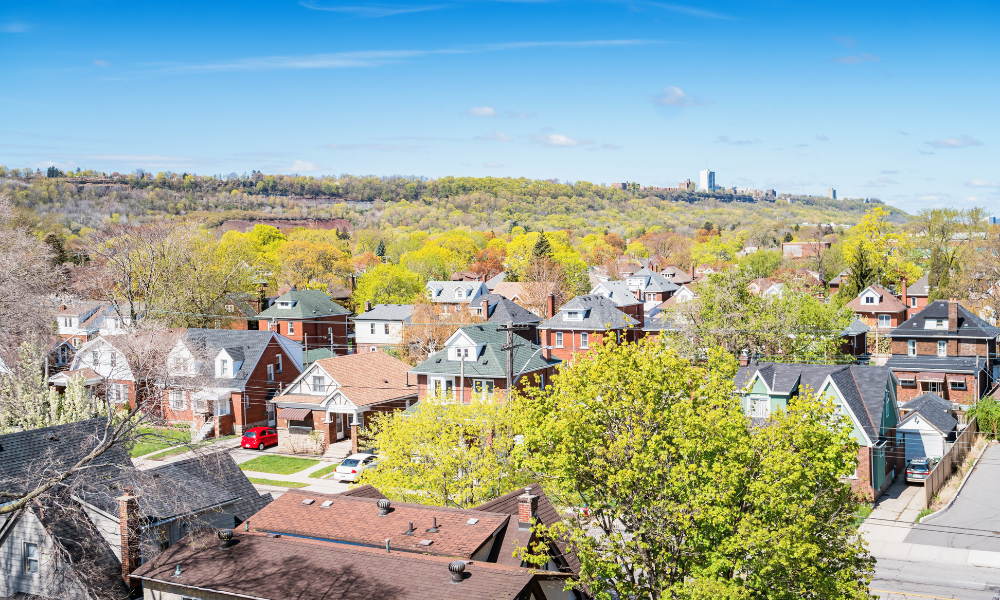
Ontario’s real estate market is at a crossroads. Across the province including right here in Brantford and Brant County stalled projects, slowing sales, and affordability concerns have prompted experts to call the situation a housing emergency.
While this may sound alarming, it also marks a potential turning point. Understanding what’s happening and how it affects your real estate decisions can help you make confident choices, whether you’re buying, selling, or waiting for the right moment.

The Toronto Regional Real Estate Board (TRREB) and other housing organizations have urged both the provincial and federal governments to take bold, coordinated action to address what they call a housing emergency. Developers are delaying or cancelling projects, and the cost of land, labour, and materials has made new construction more difficult than ever.
According to the Canada Mortgage and Housing Corporation (CMHC), housing prices in Ontario and British Columbia are expected to decline by around 2% in 2025, with further softening possible in 2026.
At the same time, sales activity remains below average, while the number of new listings continues to rise — creating more inventory and shifting many Ontario markets toward balance after several years of overheated demand.
Locally, Brantford and Brant County have followed a similar pattern. Listings have increased compared to last year, giving buyers more choice, while sellers are adjusting to a slower market pace and fewer multiple-offer situations.

Across Ontario, developers are facing mounting financial pressure. High borrowing costs, rising fees, and increased costs for building materials have forced many builders to delay or cancel projects.
The Building Industry and Land Development Association (BILD) recently reported that new home sales in the Greater Toronto Area dropped by more than 40% year-over-year — a trend that’s being seen across the province. When fewer homes are being built, it affects the supply pipeline for the next several years.
That’s why experts warn that while prices may fall in the short term, a future supply shortage could emerge once economic conditions improve and demand returns.

Another growing concern is mortgage renewal stress. Many Ontario homeowners who locked in low rates between 2020 and 2022 are now facing much higher payments when their terms come up for renewal.
This pressure could lead to an increase in listings, as some owners choose to downsize or sell to reduce expenses. Mortgage delinquencies have also begun to edge higher, suggesting that some households are struggling to keep up.
For buyers, this has created a more balanced market with greater negotiating power. For sellers, it means strategic pricing and presentation are more important than ever to attract qualified buyers.

TRREB’s recent statement describes Ontario’s housing landscape as an “emergency”, not because demand has vanished, but because the path to creating affordable, sustainable housing is stalled.
High development fees, zoning hurdles, and a shortage of skilled trades are preventing new housing from keeping pace with population growth. Add in higher interest rates and construction costs, and many projects simply aren’t financially viable right now.
The concern is that if this continues, Ontario could face a prolonged housing shortage once the market recovers, driving prices back up and deepening the affordability crisis.

Here’s a quick snapshot of the current landscape:
Sales activity: Below provincial averages, but showing pockets of stability in smaller markets like Brantford and Paris.
New listings: Rising, which is giving buyers more options and slowing price growth.
Prices: Slightly down year-over-year in most regions, with a forecasted 2% provincial decline in 2025.
Inventory: At its highest level in years, creating more balance between buyers and sellers.
Interest rates: Still the wild card — any cuts in 2026 could spark renewed buyer activity.

Every market shift creates both challenges and opportunities. Here’s what to keep in mind:
More options, less competition: The market is less rushed, allowing time to compare homes and negotiate.
Potential for better value: Slightly lower prices and increased inventory can help you find a property that truly fits your needs.
Long-term advantage: With new construction slowing, resale homes in desirable locations may appreciate once the market rebounds.
Strategic pricing matters: Buyers are more cautious, so accurate pricing and strong marketing are key.
Presentation is everything: Homes that are clean, well-staged, and move-in ready stand out in a balanced market.
Timing can work in your favour: Listing now could help you sell before further softening in 2026.
Short-term slowdown, long-term opportunity: Fewer new projects today may mean higher demand later.
Focus on fundamentals: Properties in stable employment areas like Brantford and Paris remain resilient.

Economists predict that Ontario’s housing market will begin to gradually recover in 2026, provided that:
Interest rates stabilize or decline,
Economic confidence improves, and
Construction costs level off.
That said, experts agree that recovery will be slow and uneven. Areas with strong local economies, such as Brantford and surrounding Brant County, may bounce back sooner than larger, overbuilt urban markets.
Ontario’s real estate market is in a period of reset. Developers are pulling back, sales are slower, and prices are softening, but this also means more opportunities for well-prepared buyers and a chance for sellers to reset expectations and strategize for success.
If you’re thinking about buying or selling in Brantford, Paris, St. George, or anywhere in Brant County, this is the time to get informed and work with a realtor who understands how to navigate a changing market.